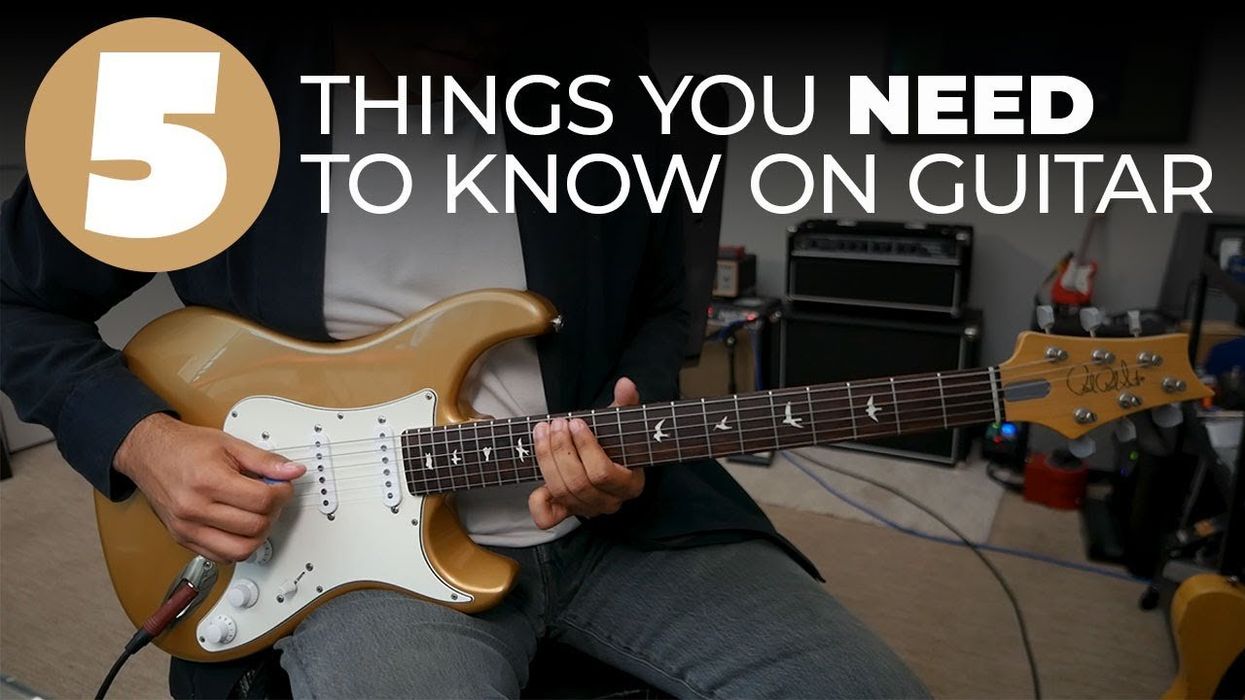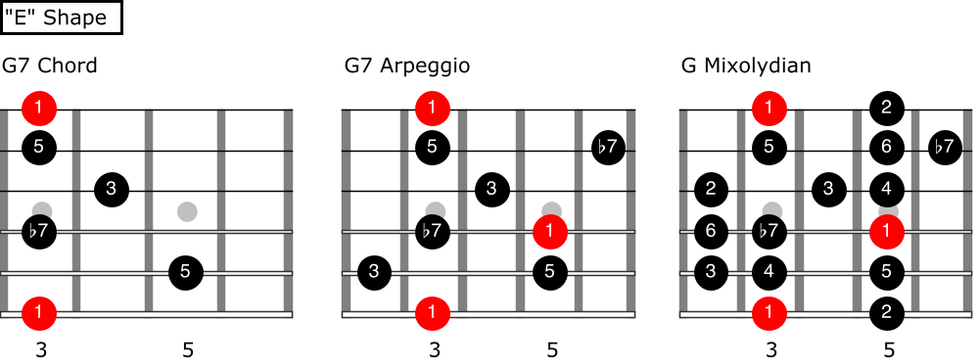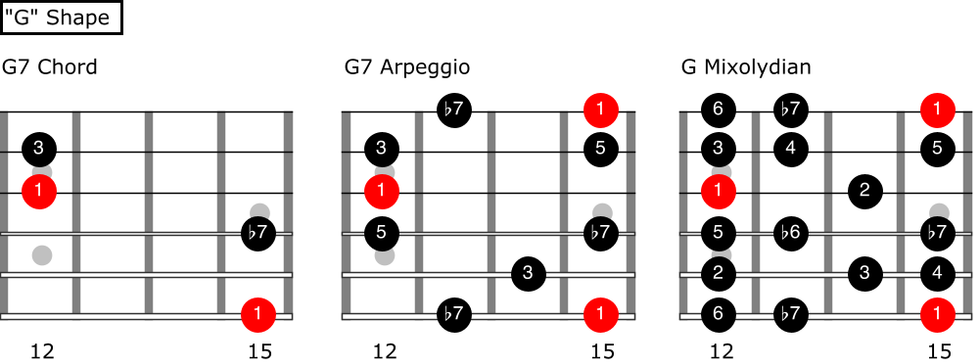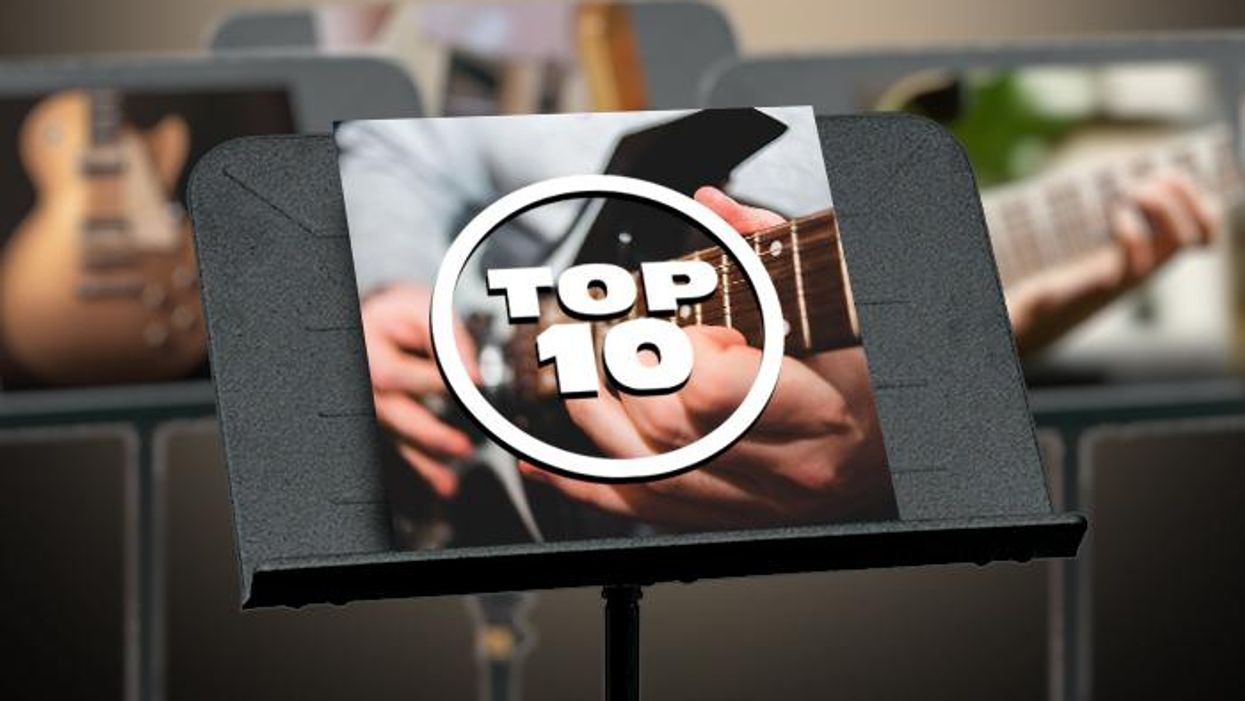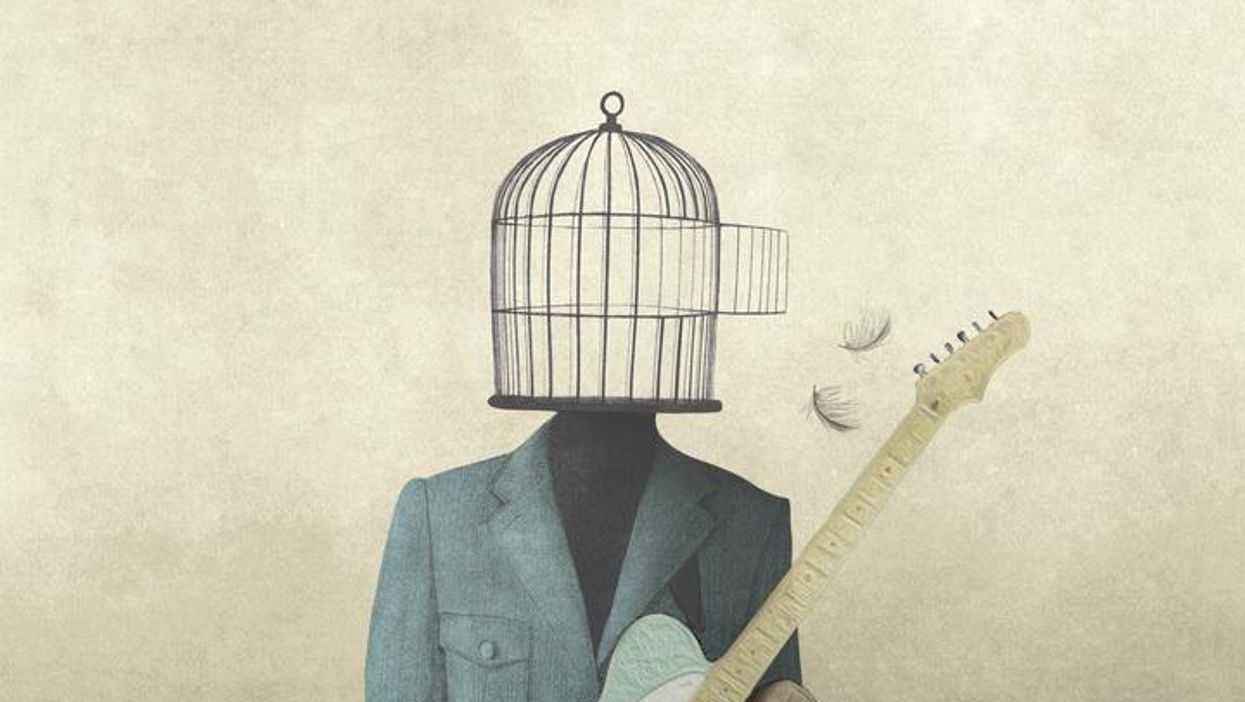We all know the CAGED system is a great way of learning the fretboard, but are we truly applying that knowledge in a musical way? This lesson will help you do exactly that, by explaining the CAGED system and then putting it to use in real-world chord progressions. This will allow you to better accompany another guitarist, create cool-sounding overdubs, and eventually play riffs, lines, and arpeggios all over the neck. Dig in and learn to fly!
Learning to Fly (with CAGED)
PG Explains: CAGED
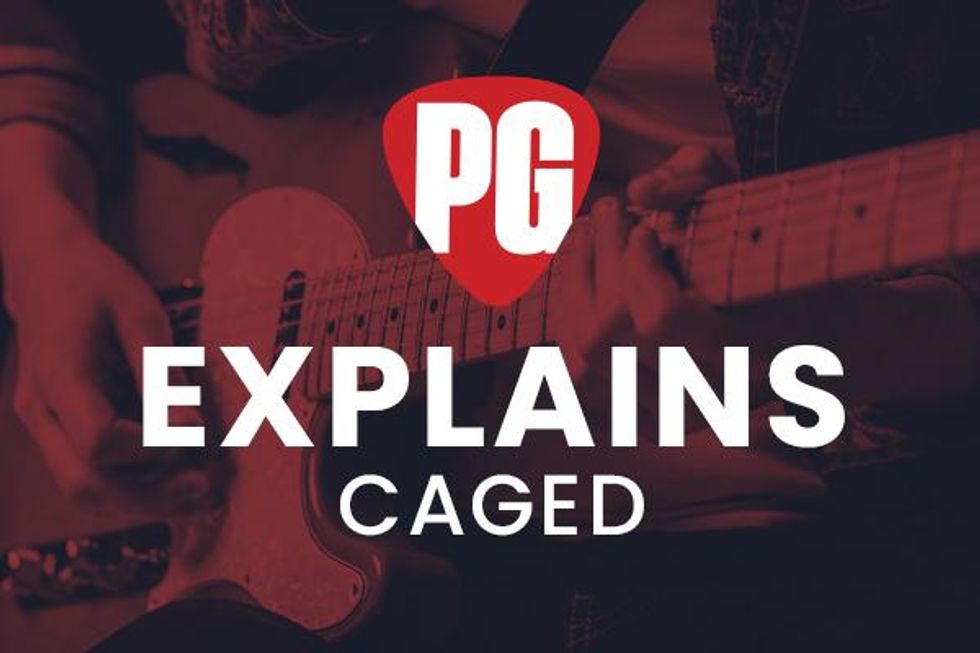 PG Staff
PG StaffUnderstand key facts and definitions of the popular CAGED guitar chord system with our simple guide.
What is the CAGED system?
The CAGED system is based on five chords—C, A, G, E, and D—and provides a way to organize a guitar’s neck into five different sections, which can be linked together to play melodies, major scales, and arpeggios across the entire fretboard. The shapes of those chords can also be used anywhere on the fretboard to play any major chord in any key.
Why is it called the CAGED system?
For starters, that name contains each of the five chords used in the system, but it also helpfully alludes to the order in which the chords connect up and down the neck.
Is the CAGED system hard?
If you can play basic C, A, G, E, and D chords, you’re essentially all set. It involves some manipulation and extra fingerwork to make the chords as you move up the neck, but you’ve already got the essentials.




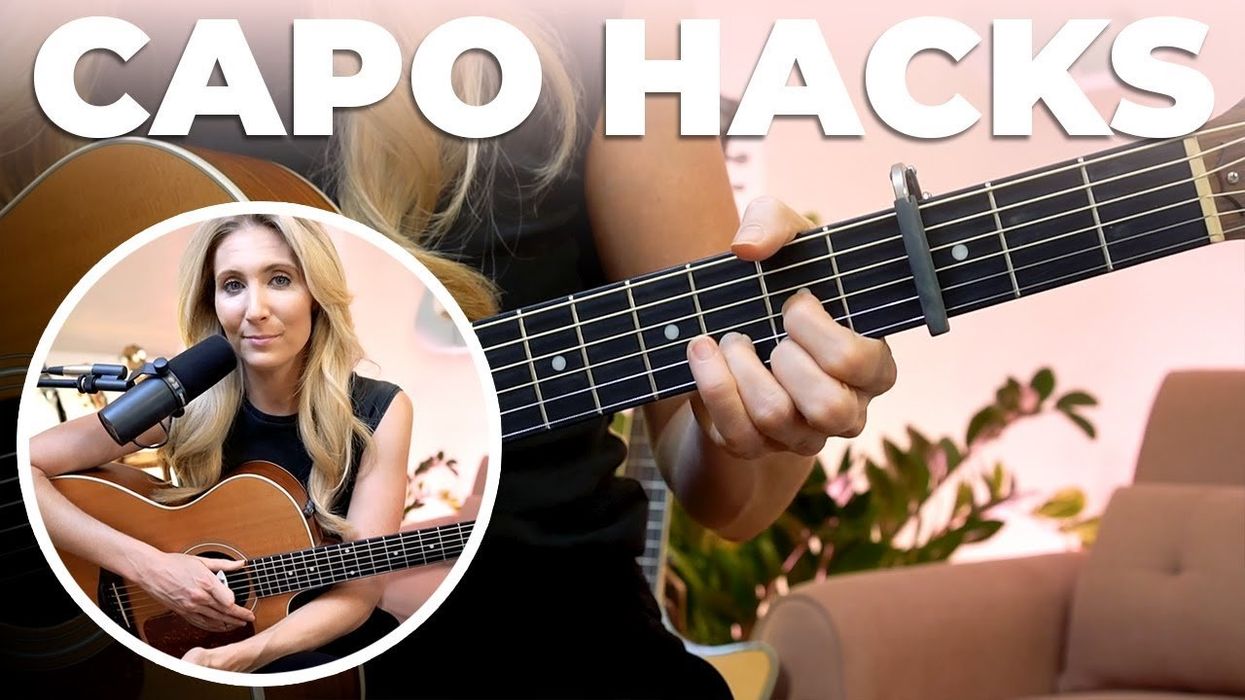
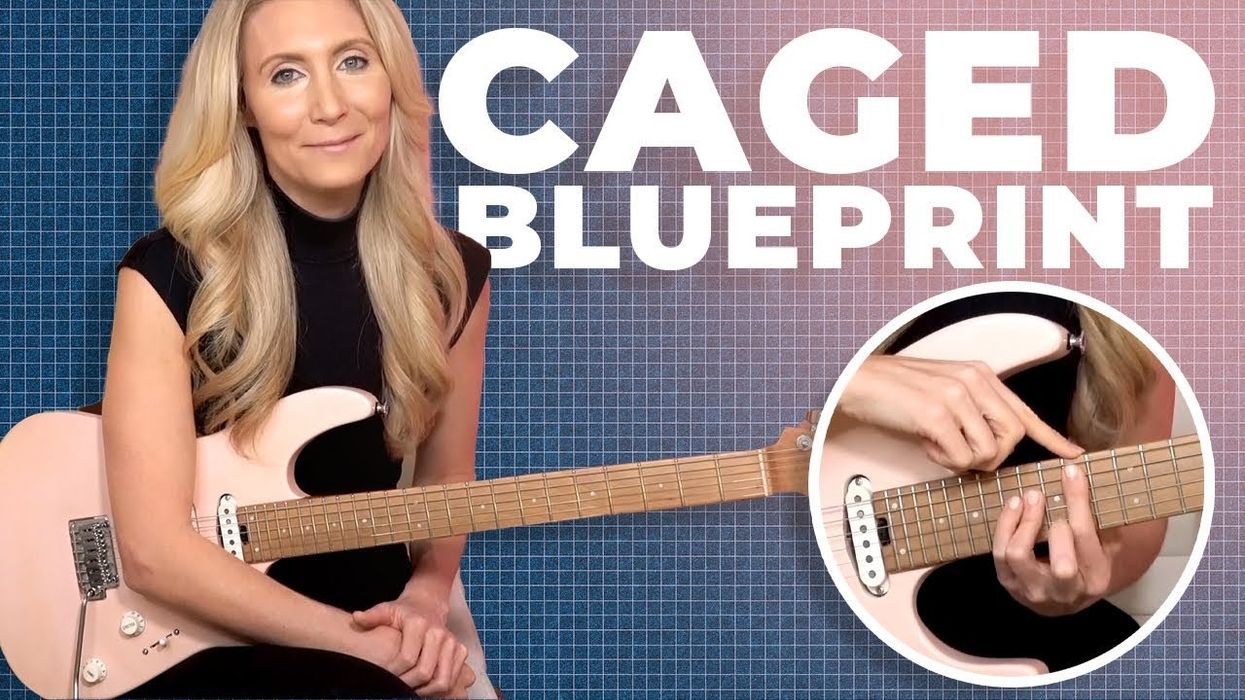


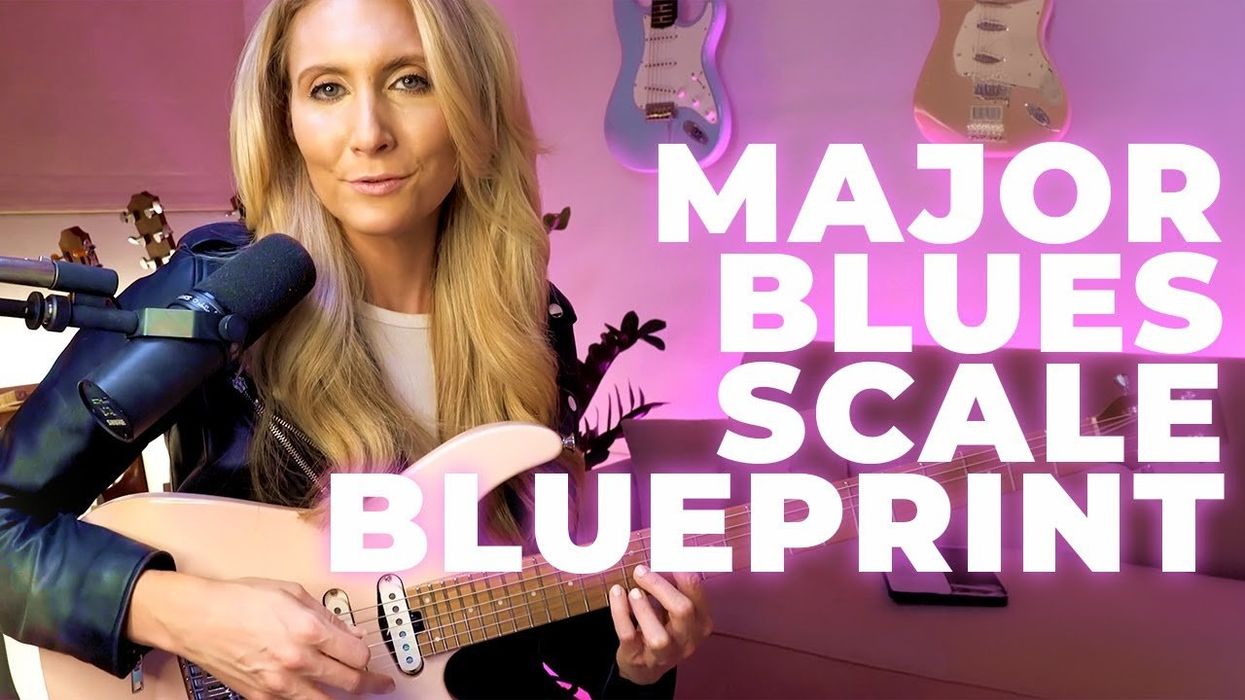



![Rig Rundown: Russian Circles’ Mike Sullivan [2025]](https://www.premierguitar.com/media-library/youtube.jpg?id=62303631&width=1245&height=700&quality=70&coordinates=0%2C0%2C0%2C0)


